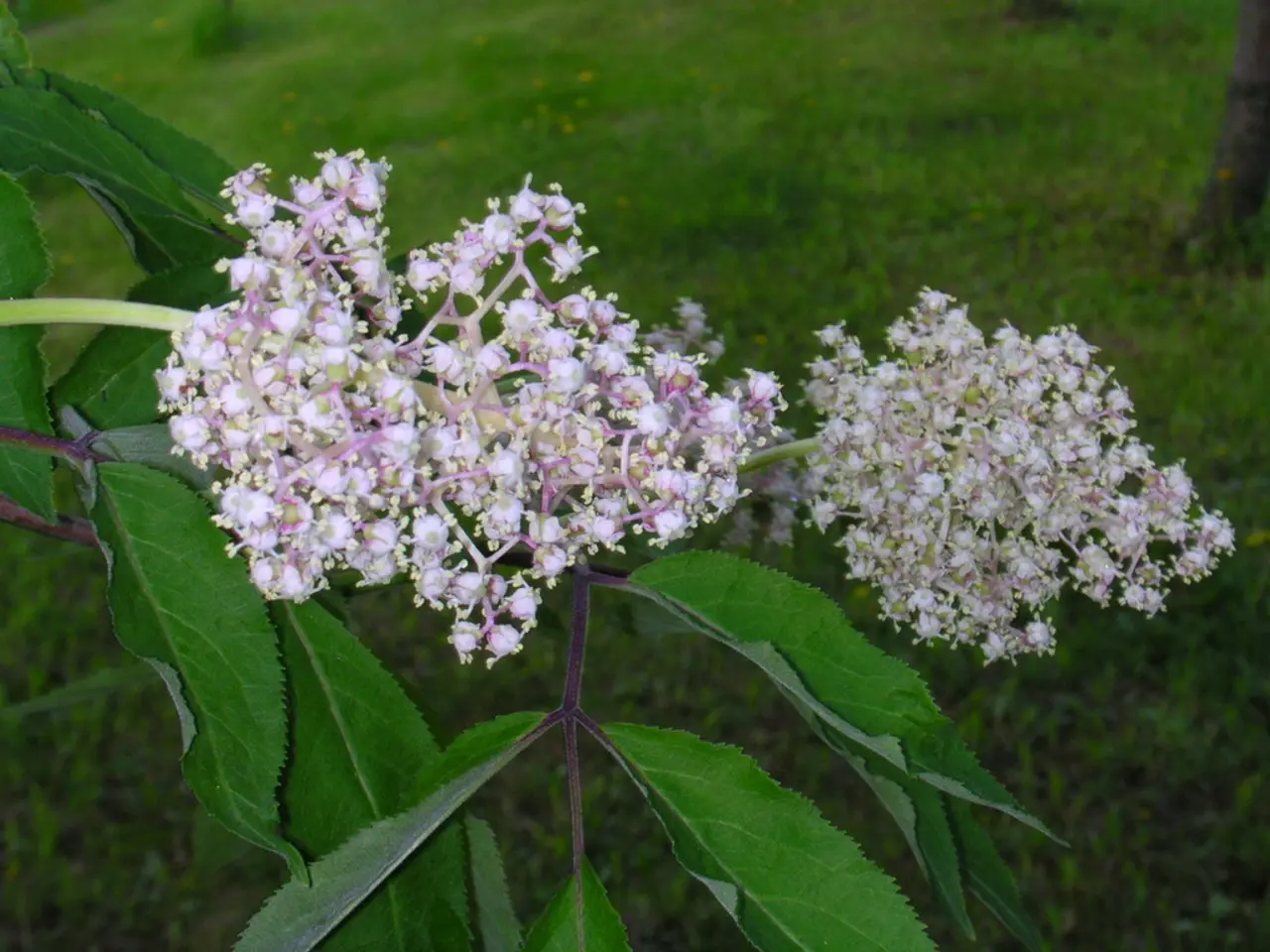Avoid utilizing those rugs, if possible.
In the quest for a beautiful, well-maintained garden, ground covers can be a practical solution to combat weeds and drought. However, not all varieties are ideal due to their invasive nature and potential to displace other plants.
Ivy (Hedera helix) is a fast-growing, evergreen plant that can cover entire areas, including shrubs and hedges, making it difficult to remove. Similarly, Creeping Jenny (Lysimachia nummularia) thrives near ponds and impresses with yellow flowers, but it spreads quickly and may displace other plants without proper containment or regular pruning.
Other troublesome ground covers include Lesser Periwinkle (Vinca minor), Wintercreeper (Euonymus fortunei), and Japanese Bloodgrass (Imperata cylindrica 'Red Baron'). These plants can become invasive outside their native range, aggressively spreading via persistent root systems or runners, often choking out native or desirable garden plants and sometimes causing ecological harm. For example, Lesser Periwinkle blooms purple in spring but without constant pruning or removal, it can be difficult to control its spread. Wintercreeper, originating from China, spreads strongly and takes light and water from other plants. Japanese Bloodgrass adds color with red tips but can be a threat in beds without a root barrier.
It's essential for gardeners to be mindful of these invasive ground covers and instead consider less aggressive, site-appropriate plants. Allegheny spurge (Pachysandra procumbens) is recommended as a less aggressive substitute for Japanese spurge (Pachysandra terminalis) because it spreads radially and is less hostile toward neighboring plants, thriving especially in moist, shaded, acidic soils under trees. It also attracts pollinators and has an attractive foliage texture.
For tricky or narrow spaces, moss can be a good choice due to its low-growing, slow-spreading nature. Another excellent alternative is Field thyme, a low-maintenance, pollinator-friendly plant that turns reddish in autumn and blooms blue flowers in spring. While Field thyme is not foot-tolerant, it can be walked on, especially in sunny garden areas.
In summary, gardeners seeking ground covers should avoid species known for aggressive spreading and invasiveness—such as Ivy, Creeping Jenny, Lesser Periwinkle, Wintercreeper, and Bloodgrass—and instead consider less aggressive, site-appropriate plants like Allegheny spurge or moss to maintain a balanced garden ecosystem and minimize removal difficulties. By making thoughtful choices, gardeners can create a beautiful, thriving garden without the hassle of invasive ground covers.
Ivy and Creeping Jenny, despite their attractive traits, can be problematic additions to a home-and-garden lifestyle due to their potential for invasive growth, potentially displacing other plants and causing difficulties in removal. Instead, gardeners might consider adopting less aggressive alternatives such as Allegheny spurge, a plant that thrives in specific environments, is less hostile towards neighboring plants, and can help attract pollinators, or moss, with its low-growing, slow-spreading nature, for spaces with unique demands.




